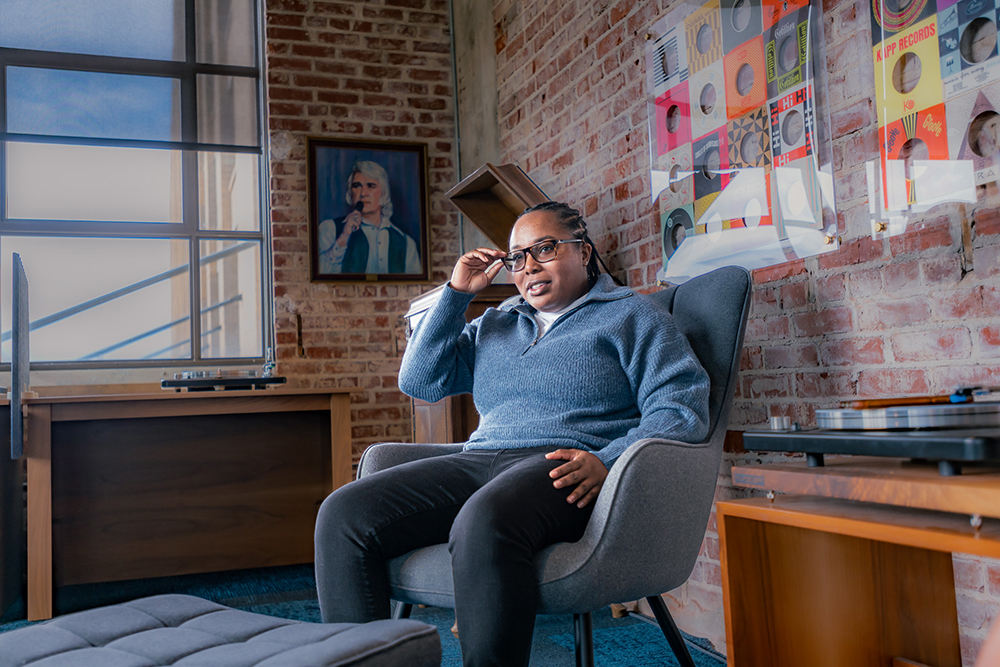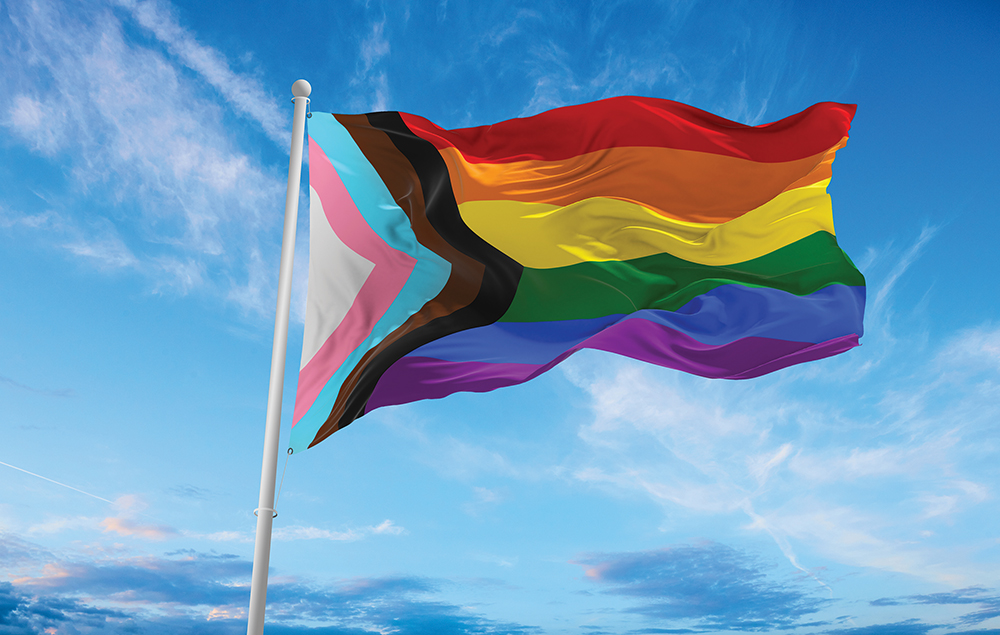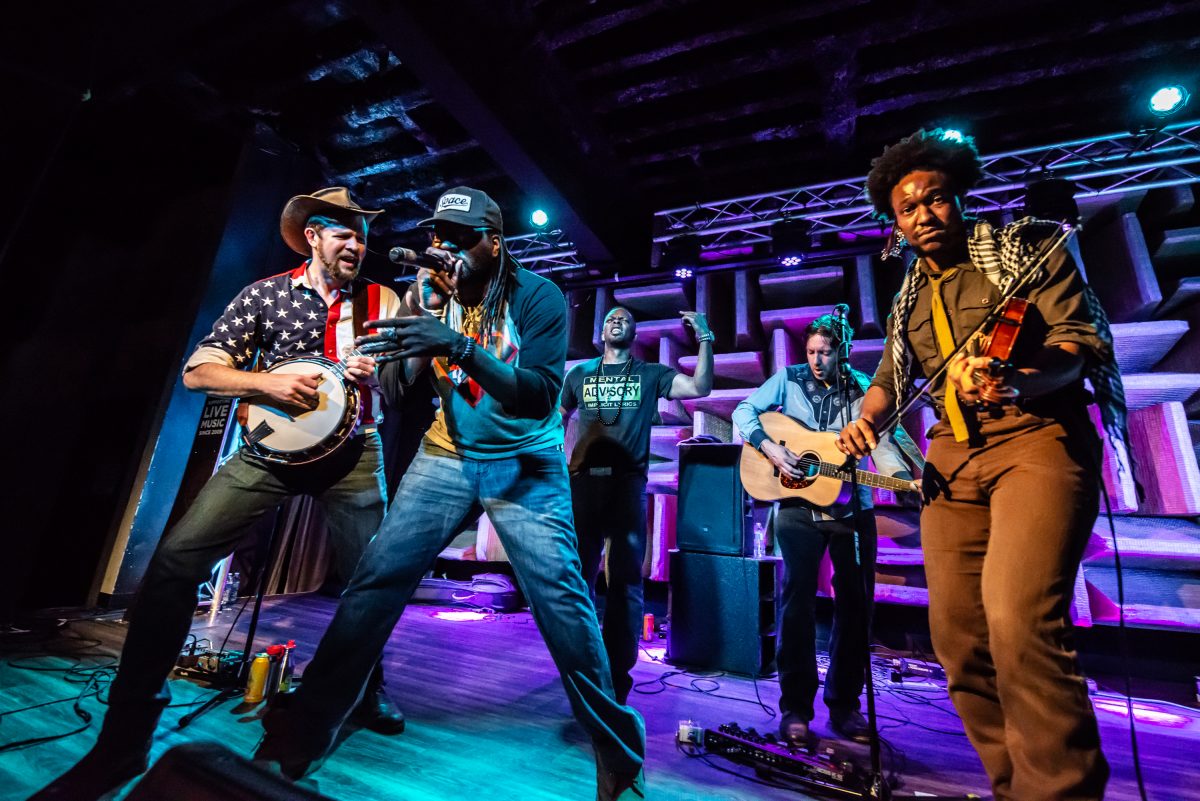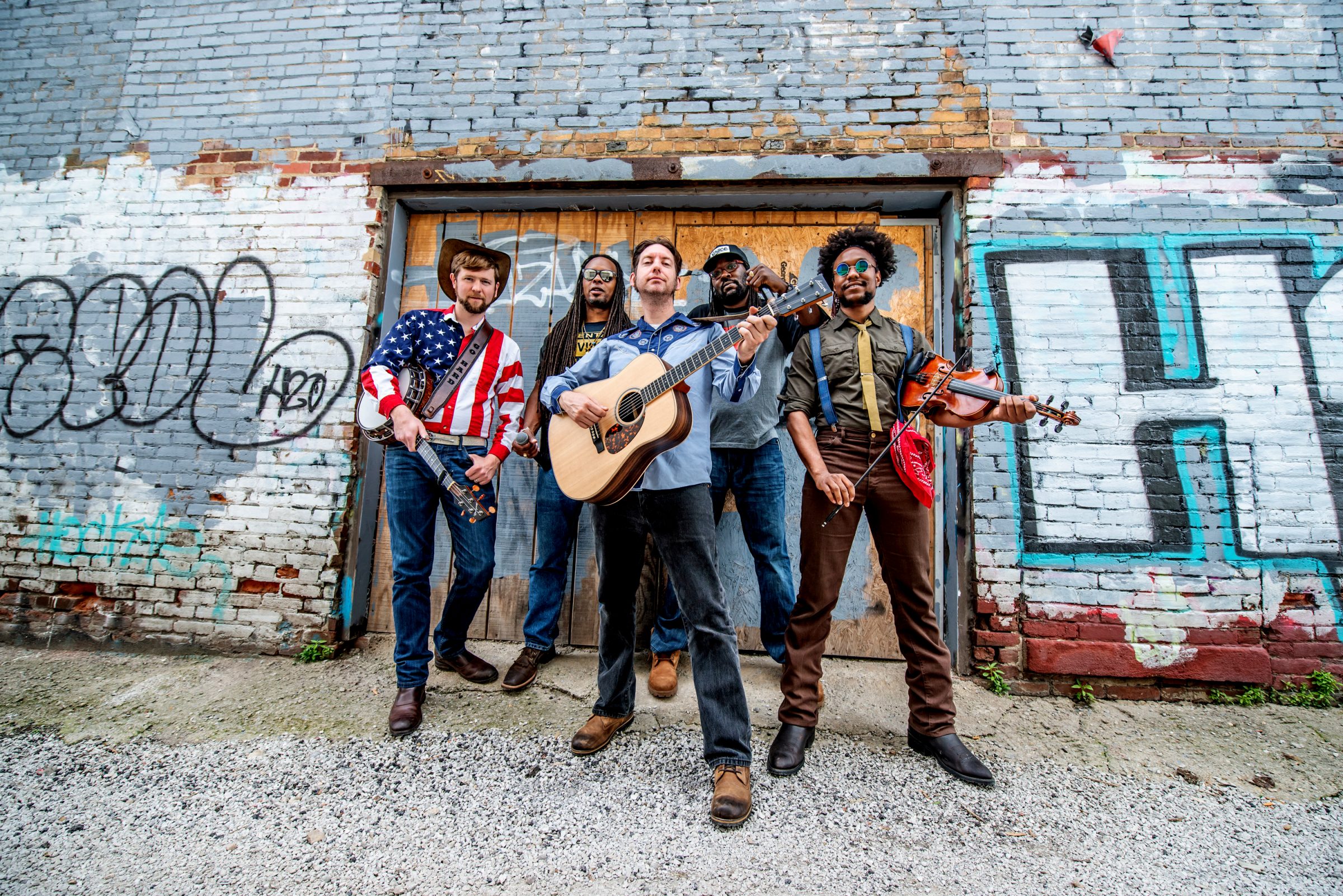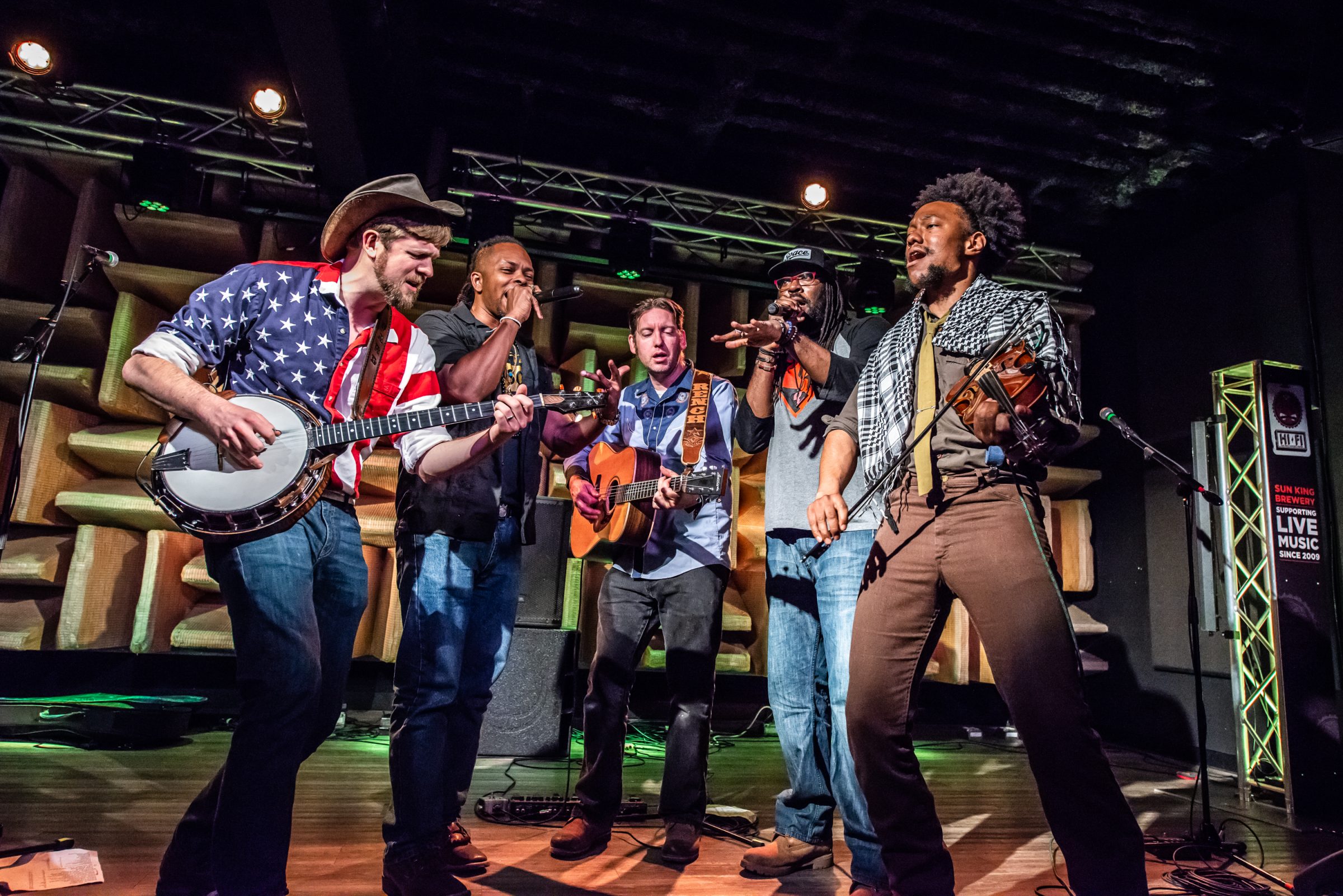“That’s so gay” is commonly and blatantly used among adolescents in schools. I can’t count how many times I’ve walked through a school hallway and heard this. What’s saddening is that it turns the word “gay” into one that describes someone society should be ashamed of — someone who isn’t “normal.” When name-calling is happening to our queer-identifying youth, who’s standing up for them? The fact that our children are still using the word “gay” as a derogatory term shows that our schools, teachers, parents, and community members aren’t doing enough to provide safe spaces that support our LGBTQ students.
Anu Iyer (she/they), youth volunteer coordinator at OUTMemphis, a nonprofit that serves the LGBTQ community through empowering, connecting, educating, and advocating, speaks on the issue: “There’s a big sense of isolation among LGBTQ+ youth.” Iyer has supervised OUTMemphis’ PRYSM youth groups for years. These are social groups coordinated for queer-identifying youth and allies between the ages of 13 to 17 and 18 to 24. As an intern, and later a staff member at OUTMemphis, Iyer has witnessed first-hand the effects that this sense of isolation can have on both LGBTQ students and their parents.
Iyer explains that due to the lack of safe and affirming spaces, parents of queer-identifying youth have been moving their children out of public schooling and into alternatives such as private schools or online schools. “There are some parents who are concerned about their kids and want to support them” she says. “They want to know how to take action against unconstitutional things that are happening. When kids don’t have a strong support system, it’s a slippery slope to anxiety, depression, and poor coping skills. Not feeling like there’s a sense of hope is probably the most dangerous feeling.”
This “sense of hope” not only depends on students, their attitudes, and responses to queer-identifying students, but it also depends on our schools’ teachers and staff members. A middle-school student in Memphis who identifies as nonbinary expresses that after months of being bullied for their gender expression, along with being name-called for being queer, their teacher did not stand up for them. “I feel frustrated and just nervous,” they explain. “I always feel like I’m on edge.”
Not only is it important to educate youth on how to give mutual respect to queer-identifying students, but it’s also important for teachers and staff to do the same. Part of the problem is that some adults may hold conflicting beliefs that cause them to ignore the topic or disregard what’s really happening. Some adults may find pronouns awkward or controversial, or may not understand that they are, indeed, a part of a person’s identity. Some may witness LGBTQ-related name-calling and bullying but not know how to handle it. Some may not understand why, for example, a nonbinary or trans student may feel unsafe in a boys’ locker room yet unaccepted in a girls’ locker room. The truth is that, quite often, our LGBTQ youth don’t feel safe.
How much do schools feel it’s their responsibility to hold space for topics that involve LGBTQ youth? The answer is that schools are responsible. Some students are queer-identifying. They are “gay,” LGBTQ, and everything else outside of the constructs society has created for us. Iyer says, “It’s important for people to pipe up when they see something happening to a kid. Teachers should be safe zone trained so they can be good mentors, good people for students to talk to if they’re going through something, and spaces where students can feel like their privacy and confidentiality will be respected.”
Safe zone training is recommended for anyone who wants to learn how to create safe spaces for the LGBTQ community and is something anyone can participate in. According to the Safe Zone Project, a free online resource for educators, “safe zone trainings are opportunities to learn about LGBTQ+ identities, gender, and sexuality, and examine prejudice, assumptions, and privilege.” There is no correct curriculum or course for safe zone training, but luckily, OUTMemphis provides such training as LGBTQ+ 101, Transgender 101, Creating a Trans-Inclusive Workplace, and Working with LGBTQ+ Youth and Creating a Safe School Environment.
At the school level, the goal is to work toward progression instead of regression. It starts with teachers and staff taking opportunities to stand up for LGBTQ youth and educate other students. Schools should provide resources for queer-identifying students — resources that they can relate to and find comfort in. As Iyer says, “If I had to say one more thing it would be a call-to-action for teachers, counselors, people who are working at the student level in schools to reach out to us and be the people in school who spread the resources.
“Come to us. Pick up some flyers, business cards, brochures. … We can give you all the literature. You don’t have to spend a dime, just help us spread the word.”

